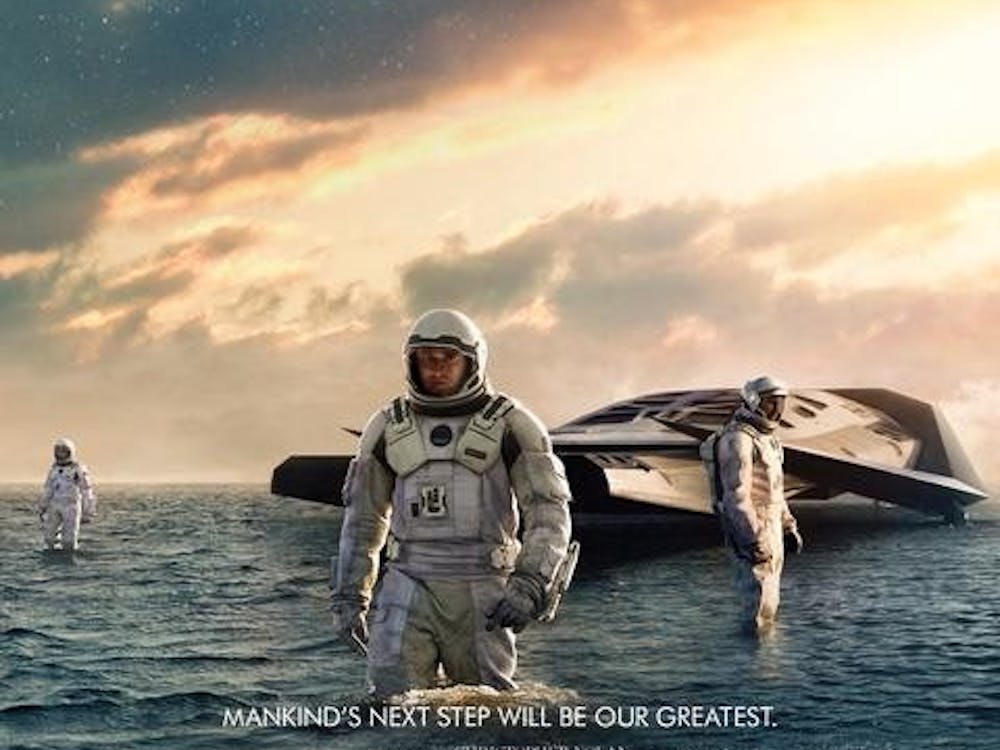When and how did you become interested in photography? Was there a point when it transformed from a hobby to a passion?\nMy first camera was a 35mm point-and-shoot that I got in the fourth grade, just before a family camping trip to the Pike's Peak area of Colorado. Having grown up in the pine flats of east Texas, it was my first exposure to mountain landscapes and I was a smitten.
Photography remained relegated to a travel hobby until recently. When I finally got a DSLR a few years ago, I started to get much more serious about my photography because I no longer felt limited by my equipment.
Is there a method to taking a great picture, or is it just luck of the draw? Or perhaps a bit of both? In your opinion, what makes a great picture?\nFor certain images, there's always a bit of luck involved - being in the right place at the right time, looking in the right direction to capture some unusual circumstance. But as a photographer, you can make an effort to put yourself in the right places at the right times.
What's more important, I think, is putting yourself in the right mindset to capture a great image. Personally, I am most successful taking pictures when I don't consciously think about the image or the framing or exposure. It's about sensing the nature of a place or a subject and really only being conscious of capturing that essence.
You've traveled extensively around the world and have taken pictures of many exotic locations - do you have a favorite place that you've visited?\nI spent this past summer on an NSF REU [National Science Foundation Research Experience for Undergraduates] assignment in Alaska, researching arctic tundra. It was the greatest expanse of wilderness I have ever experienced. It was an incomparable feeling - the primeval vastness of the tundra, mountains heaved up and crumbling away. The arctic's uncertain future was made all the more poignant by the timelessness of the place.
You seem to have a huge range of subjects throughout your work. Is there any particular subject that you favor?\nMy two main lenses are wide angle and a macro lens - so I like the opposite ends of the spectrum. I equally enjoy sweeping landscapes and the small details, though natural subjects are always my favorite.
On your website, you describe yourself with the following: " I am, at heart, a scientist. But not at the cost of emotion, humanity and childlike wonder." What is the meaning behind this?\nI'm a scientist and engineer by training, and my education has shaped the way I see the world. Scientific information can elaborate the intricacies of the physical universe and can help us understand the world around us. Humans need more than just interesting science - science alone is not emotion. Our sense of wonder and appreciation has to be actively cultivated. By all means, let your heart guide your brain, but the two should work together.
How does it feel to have had your work on display at the Mudhouse?\nI think it's an honor to have my work on public display at the Mudhouse downtown. Art doesn't exist without an audience. Hopefully my work has reached at least a few people in a meaningful way, and if so, then the show has been a success.
Is there any message you would like people to get through your work?\nFor all the doom and gloom in the world today - this planet is still an incredible place, and there's still a lot left worth protecting.






